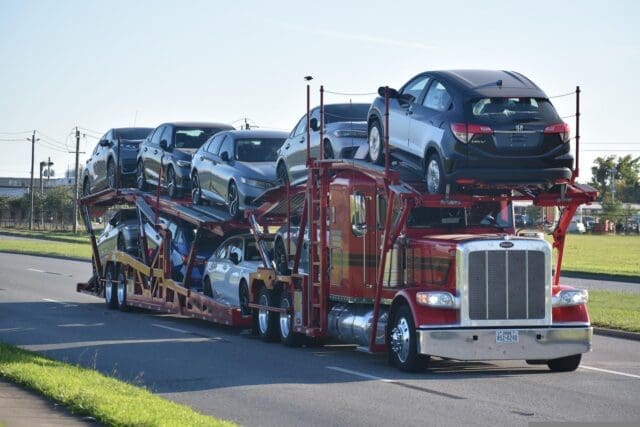

Moving a car across the country is no small task (but it is easier than shipping it to Hawaii!). The problems associated with a car moving, range from the car not showing up timely to the vehicle being damaged along the way and nobody knowing how it happened. Yet, the fact is, cars have to be transported all the time. For various reasons, it’s just not simple enough to drive the car wherever one needs to go. So, if you need auto transport services for your personal vehicle, here are some tips that make a huge difference in the auto transport experience.
Transporting is Not a Year-Round Smart Idea
There are good times to get a car across the country and some bad seasons. First, moving a vehicle in the summer is probably the most expensive time to do so. From the cost of fuel to the amount of demand, auto transport in the summer months will require paying a premium. Alternatively, moving a car in the off-season, especially when travel is at a minimum, such as in the early spring and fall, costs tend to be a lot lower.
However, extreme months such as deep winter with heavy snow and hazardous roads are also not a good idea either. Companies will charge for the risk involved, and the chance of the vehicle being damaged along the way goes way up. Hail, for example, is widespread in a hard winter, and it will do a number on an exposed car moved on a trailer.
Trailer Types Swing Price
The big price difference tends to be in the trailer used for the car transport. The cheapest, no surprise, will be an exposed trailer. Basically, the vehicle sits on a trailer exposed on the top and sides, but the job gets done by moving the car. Covered trailers or box trailers protect the vehicle from the weather and debris during transport, keeping the vehicle enclosed. It’s far safer for the car, but the owner pays more in transport costs. It’s also smart for vehicles that are pricey or prone to being stolen, as what isn’t seen usually isn’t attractive to thieves on the road.
Make Sure the Carrier is Documented
Too often, people rely on a carrier vendor that isn’t well-documented or even known. They pick an ad in the paper or online and go with the carrier because the price looks good. It can be a mistake, especially if the carrier disappears with the car. A good carrier will have full communication and details about their operations, will update you on progress and location and will provide a full connection on when to pick up the car at the destination or where it will be dropped off.
Make It Easy on the Driver
Picking up a vehicle is like an Uber meal drive-through and drop-off. Vehicle carriers typically need a lot of space for car pickup, loading, and unloading. If the carrier has to navigate a bunch of neighborhood streets designed as barely big enough for a pickup truck, the carrier will have problems loading your car. Choose a wide, open location instead, and the loading or unloading will be much smoother and have fewer issues.
Preparation is Your Task for Auto Transport
Preparing your vehicle is a very smart idea and helps the carrier out a lot. If your car has been sitting for a while, it would be a good idea to make sure the vehicle starts, rolls, and has gas before the carrier arrives. If it has a low or flat tire, get it fixed. Remove anything of personal value from the vehicle, and keep the registration paperwork with you. Keep one license plate with yourself (the back one), so the car can’t just be used right away on public roads (it helps deter an opportunistic joyride); if the vehicle is to be transported exposed, see if it’s possible to use a durable car cover that’s strapped down and won’t blow off. It can do wonders in preventing grit and stray debris from hitting the car itself. Not all carriers will allow it, but a good cover secured tightly is permitted at times.



